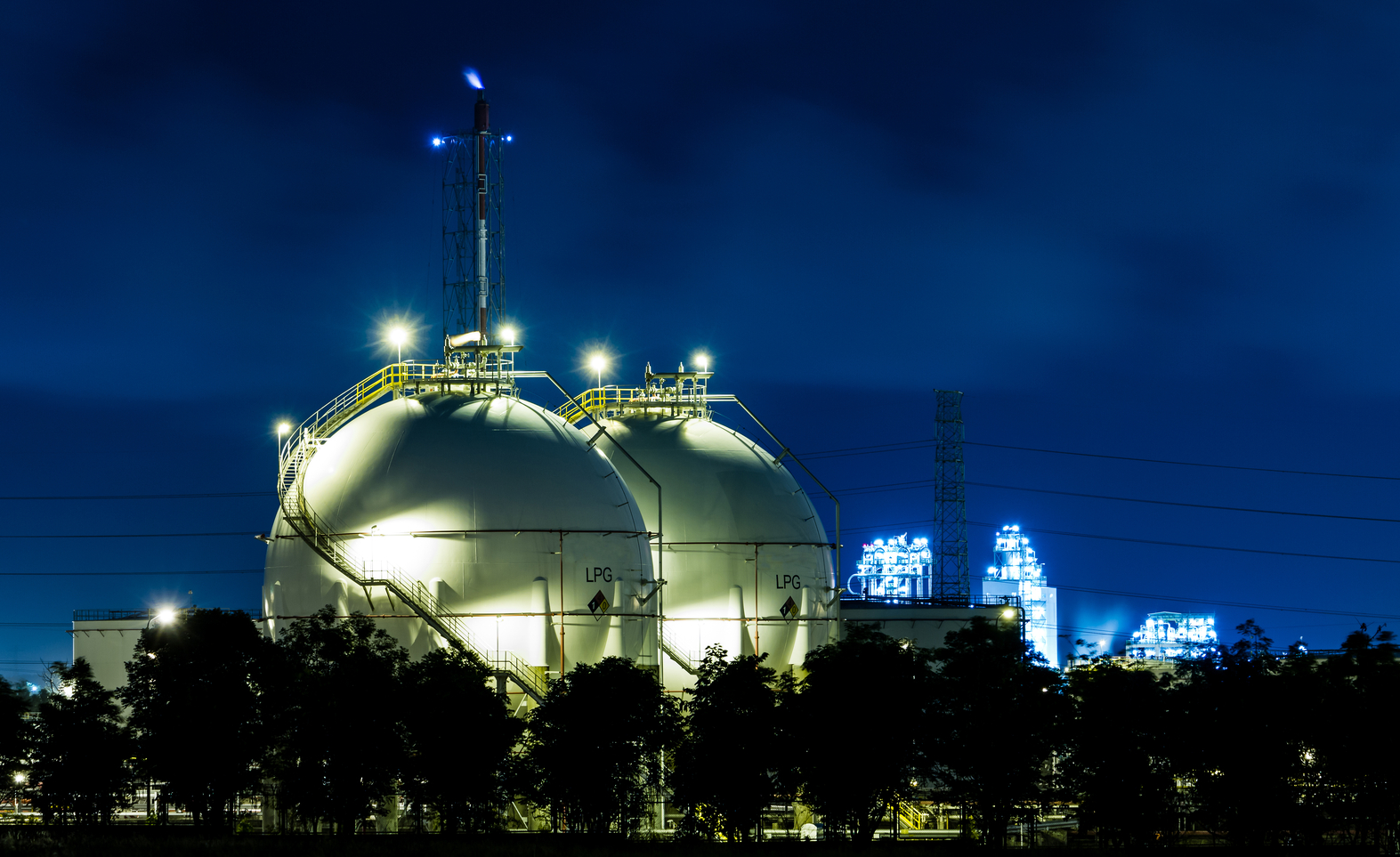
July 5, 2021
Liquid fuels will be in great demand at the national level as against imported liquefied natural gas.
The average spot prices are expected to reach $11/MBtu in 2021 itself, marking a record increase last seen in 2014.
The Indian Gas Exchange (IGX) was launched in 2020 to bolster domestic trade in natural gas.
India’s national pipeline is being expanded to increase natural gas production and include green fuels.

The International Energy Agency (IEA), in a recent report forecasted that India’s domestic gas consumption is set to increase by 4.5% this year. Experts posit that the 2021-24 period will see a significant rise in demand from the Asia-Pacific region given the declining preference for emission-intensive fuels. The trend is also expected to be buoyed by the transition from imported liquified natural gas to liquid fuels in the petrochemical sectors. The report anticipates that spot prices will reach the annual average of US$11/MBtu in 2021, marking a record level since 2014.
In 2020, the Ministry of Petroleum and Natural Gas announced the launch of the Indian Gas Exchange (IGX), a national platform for the trade of natural gas commodities involving an extensive portfolio of buyers and sellers. The purchases are expected to take place with non-transferable contracts, physical delivery and settlement trade protocols in place. A double-sided closed auction format will be utilized to ensure price transparency and the bidding process will be made anonymous. The periodicity of the sale will be ensured from a daily to monthly basis and hubs are to be established at Kakinada and Oduru (Andhra Pradesh), and Dahej and Hazira (Gujarat) with more on the anvil. Experts point out that the operations of the IGX will create a gas price index which will play a significant role in eliciting investments.
On the investment front, India is in the process of expanding the pipeline network and including natural gas as part of the energy offerings. The Budget for FY22 has several allocations towards the power sector including an outlay of US$ 40.9bn spread across five years to upgrade the existing system. The outlay will also enhance feeder separation and look to bring in pre-paid smart metering facilities. As the adoption of renewable energy sources is becoming a key policy priority, India is looking to create more reserves of liquefied natural gas and enhance existing potential in solar and wind energy. The development of petrochemical products, specifically polymers, is yet another area with scope for increased foreign collaboration. Increased global cooperation in the renewable energy domain can help India meet the domestic demand for natural gas and increase the adoption of green fuels worldwide.